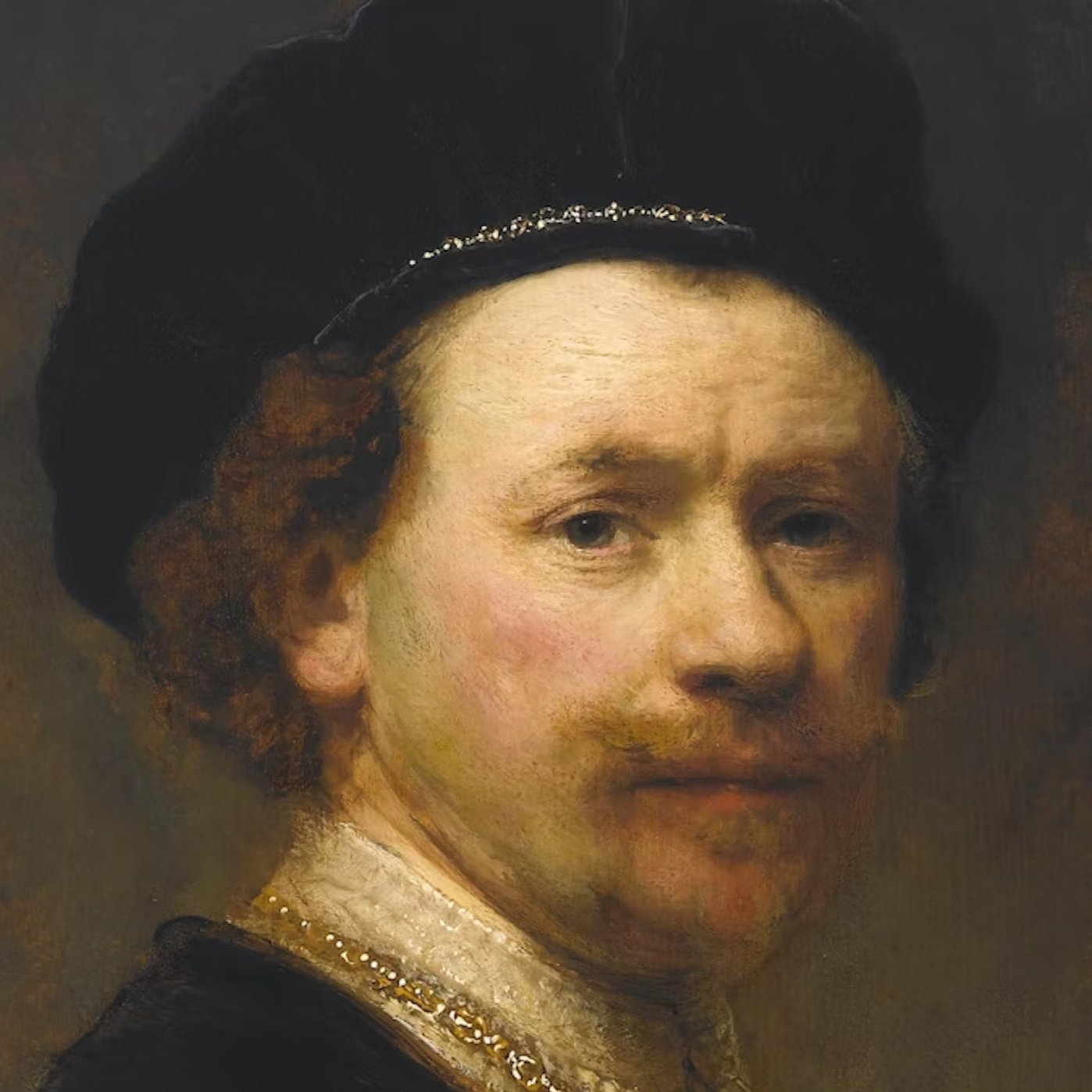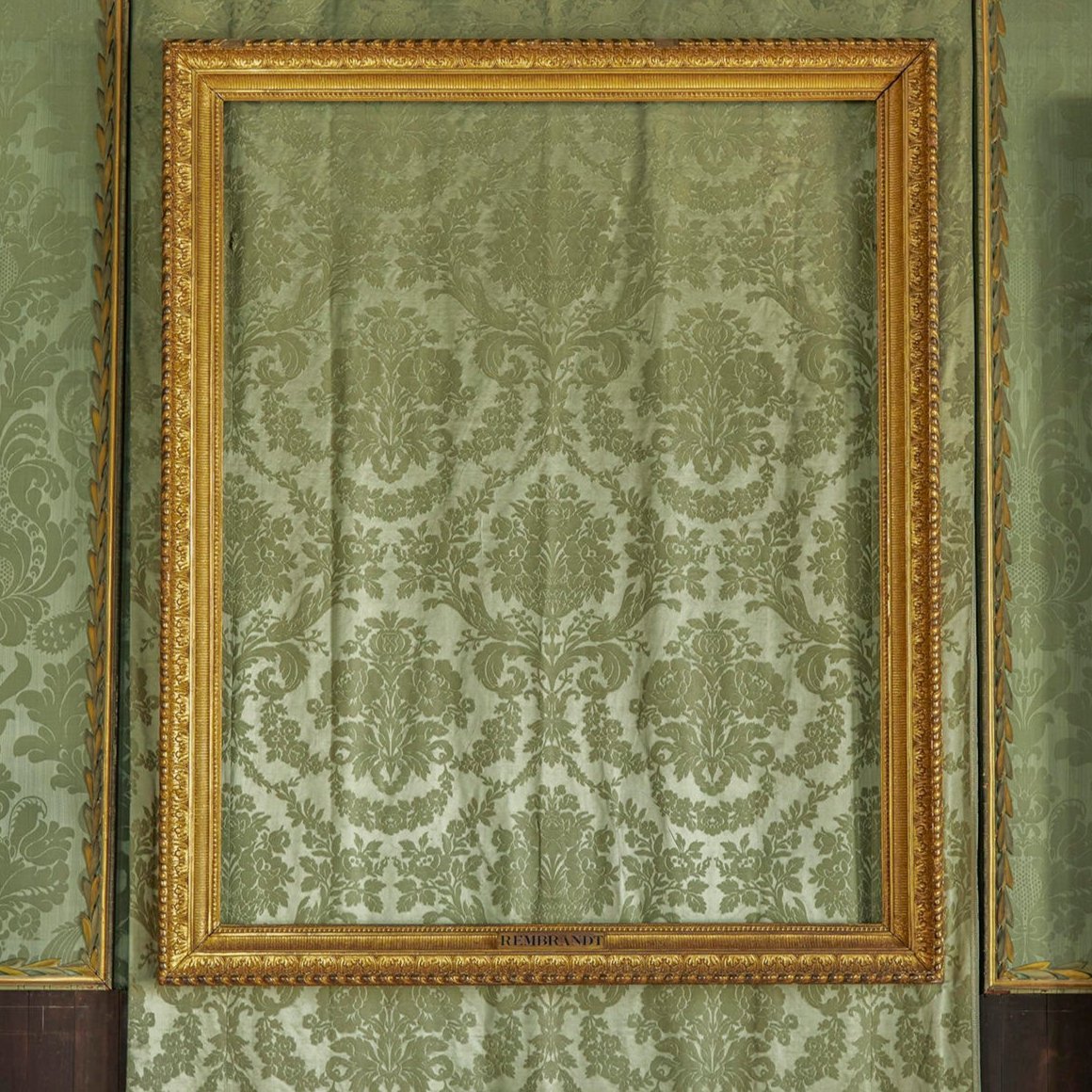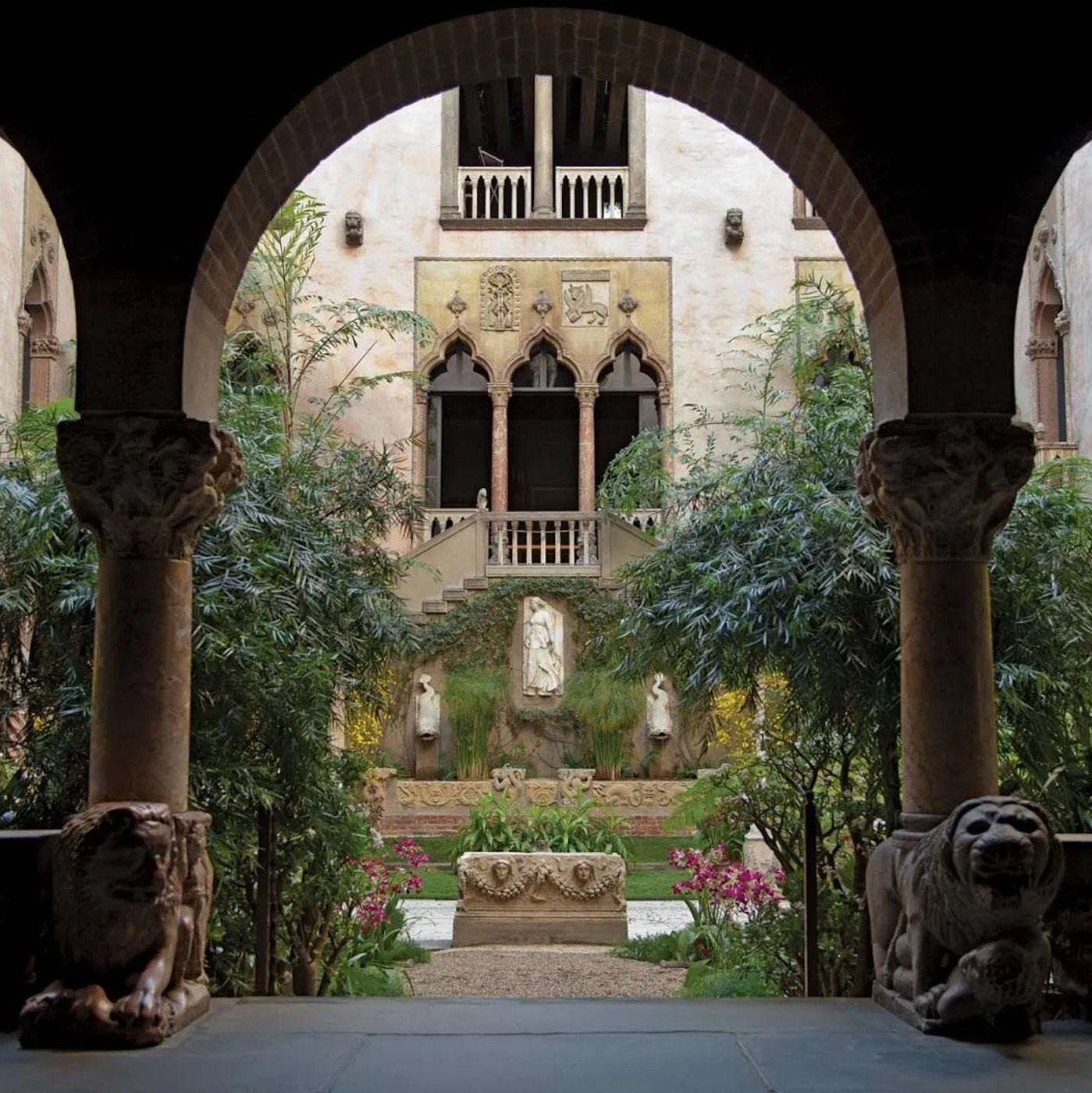
Acoustic Panel
The Storm on the Sea of Galilee
Stolen in the early hours of March 18, 1990, The Storm on the Sea of Galilee is Rembrandt’s only known seascape. To this day, the heist remains one of the most prominent unsolved art crimes in history.
Choose options

Eco-Friendly
Basotect®
Our panels are made of Basotect ® G+, an eco-friendly and non-toxic material free of blowing agents, and produced without halogenated hydrocarbons, flame retardants, or heavy metals.
About Basotect®
Performance
Sound Absorption
The open-cell surface of Basotect ® allows sound waves to penetrate its structure without being reflected as echoes. Inside the cell network, the sound energy is absorbed, giving Basotect® exceptional sound absorption capabilities.

Breathability
Acoustic Fabric
Our special acoustic fabric combines excellent sound absorption with remarkable breathability. Weighing only about 210 g/m², it is the perfect canvas for spaces requiring both acoustic performance and aesthetic appeal.
Lightweight & Durable
Polystyrene Frame
Polystyrene frames offer the perfect balance of durability and lightweight design, making them an excellent choice for our acoustic panels.
Applications
Acoustic Lifestyle
Ideal for spaces like home theaters, studios, offices, and restaurants, our acoustic panels create comfortable & productive environments by reducing noise and echo.

The Artist
Rembrandt van Rijn
Rembrandt van Rijn was a Dutch master painter and etcher, widely regarded as one of the greatest artists in European art history.
Born in 1606, his work is celebrated for its masterful use of light and shadow, which brought depth and emotion to his portraits, landscapes, and historical scenes.
Rembrandt’s keen ability to capture human emotion and character is evident in iconic works like The Night Watch and The Return of the Prodigal Son.
His contributions to Baroque art have left an enduring legacy, influencing countless artists and shaping the course of Western art.

The Art
Storm on the Sea of Galilee
The Storm on the Sea of Galilee is Rembrandt’s only known seascape, painted in 1633.
The dramatic work depicts a scene from the Bible where Jesus calms a violent storm as his disciples struggle to keep their boat afloat. Known for its dynamic composition and masterful use of light and shadow, the painting captures the chaos of the waves and the fear on the disciples' faces.
The artwork showcases Rembrandt’s ability to convey emotion and motion, making it one of his most powerful and iconic paintings.

A Story
Stolen!
In the early hours of March 18, 1990, two men dressed as police officers entered Boston's Isabella Stewart Gardner Museum. Claiming to be responding to a disturbance, they convinced the night security guards to let them in. Once inside, the thieves handcuffed the guards and left them in the museum’s basement.
With the museum empty and unguarded, the men moved quickly, cutting several priceless paintings from their frames, including Rembrandt's The Storm on the Sea of Galilee. The painting, along with 12 other pieces, was stolen in what became the largest art heist in history.
The thieves were in and out in 81 minutes, leaving with over $500 million worth of art. Despite numerous investigations and a $10 million reward, the stolen masterpieces, including Rembrandt's only known seascape, remain missing to this day, their whereabouts one of the greatest mysteries in the art world.

Present Location
unkown...
Today, the FBI—along with Boston’s Isabella Stewart Gardner Museum and the U.S. Attorney’s Office in Massachusetts—asked for the public’s help in recovering artwork stolen from the museum more than two decades ago in what remains the largest property crime in U.S. history.
The heist remains to this day one of the most prominent unsolved art crimes in history. So, if you know anything at all, you might want to contact the museum -- there’s a $10,000,000 reward for it.